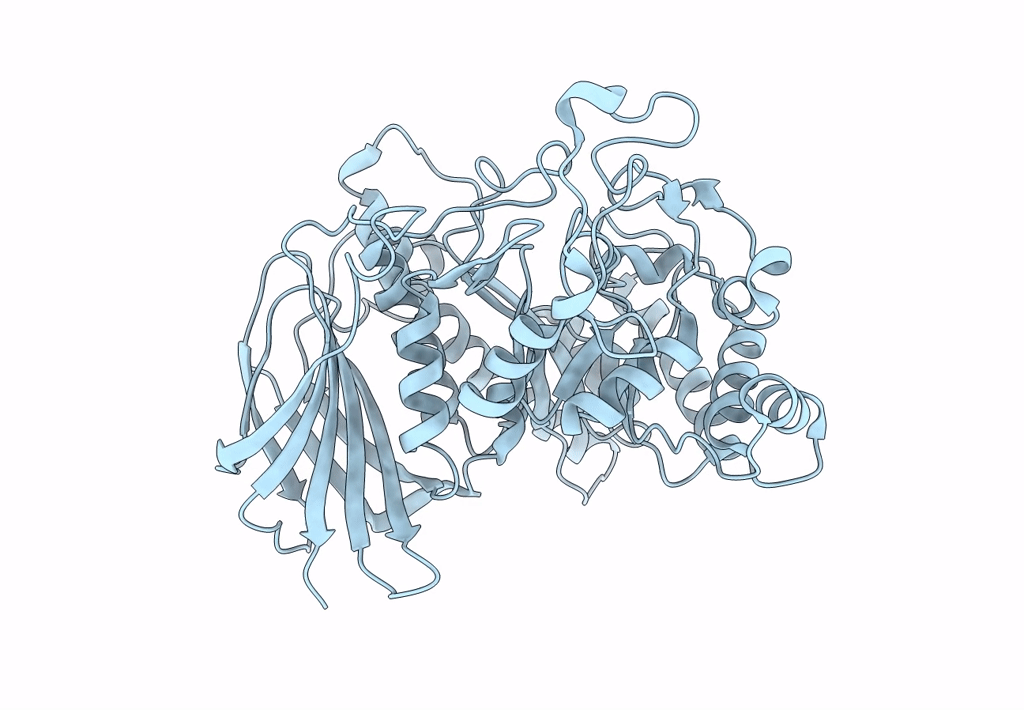
Deposition Date
2023-01-10
Release Date
2023-09-27
Last Version Date
2023-09-27
Entry Detail
PDB ID:
8I0A
Keywords:
Title:
Structure of alpha-L-Arabinofuranosidase from Trametes hirsuta
Biological Source:
Source Organism:
Trametes hirsuta (Taxon ID: 5327)
Host Organism:
Method Details:
Experimental Method:
Resolution:
2.01 Å
R-Value Free:
0.19
R-Value Work:
0.19
R-Value Observed:
0.19
Space Group:
P 63 2 2


